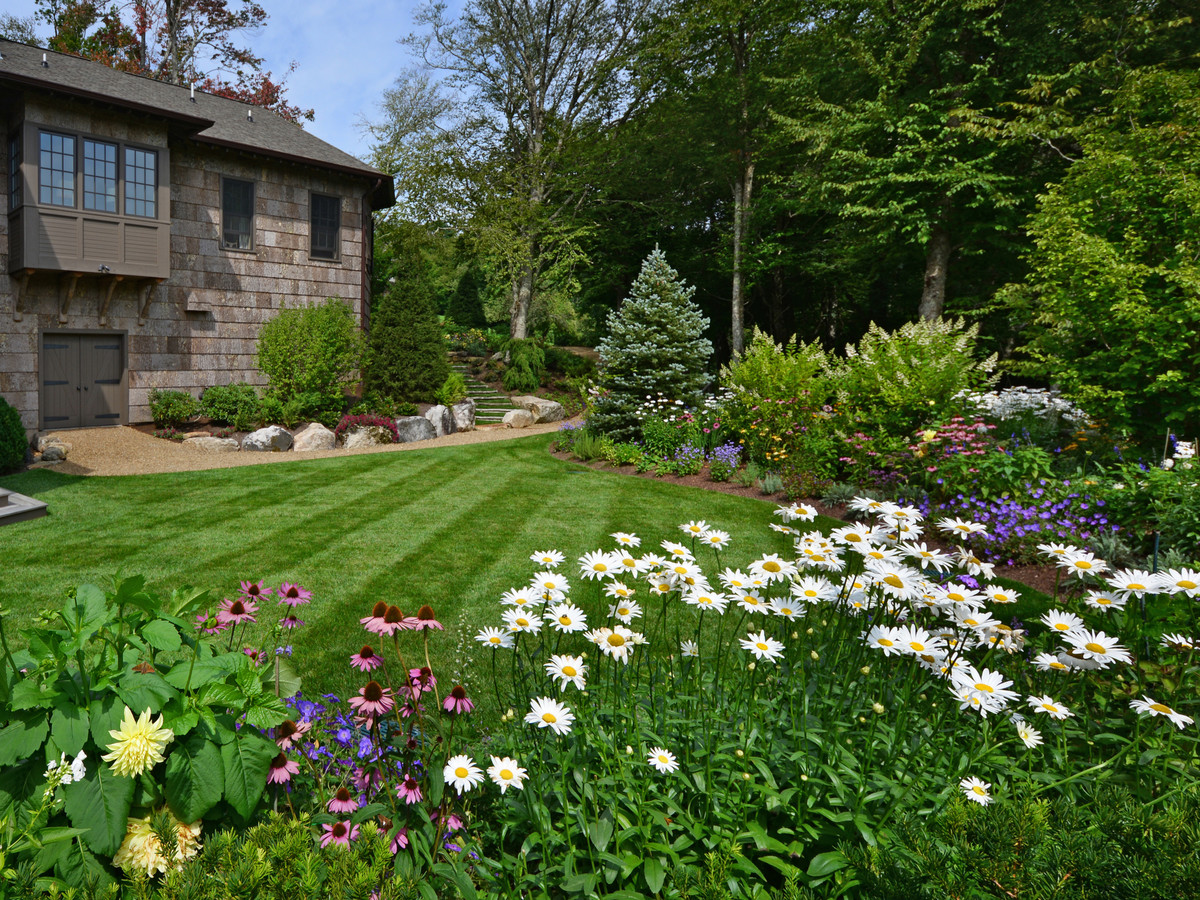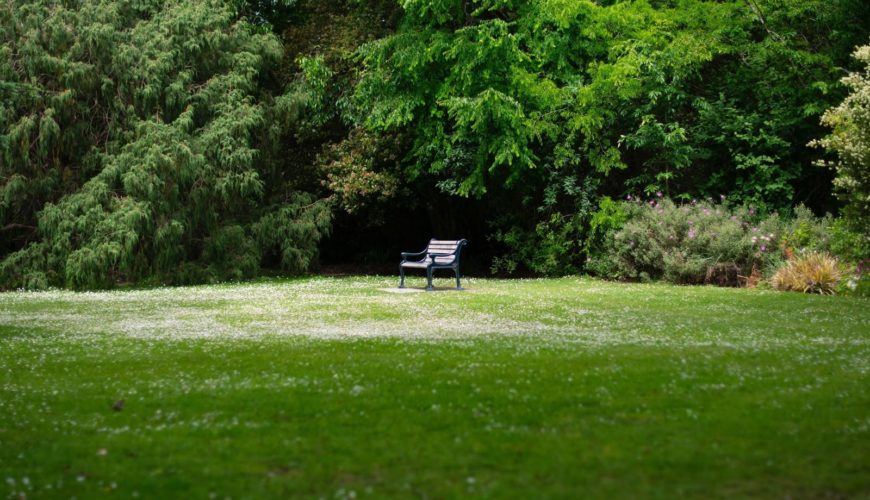It’s green, lush, pleasing to the eye, and just grassy. We all love a beautiful lawn, with many homeowners spending multiple hours and plenty of dollars ensuring it’s kept healthy, glowing, and mowed. But keeping a nice patch of green isn’t just about looking pretty; it also happens to feature a wide range of environmental benefits.
Healthy Grass = Clean Air
Just like any other plant life, grass produces oxygen. Through the complex process of photosynthesis (we’re not going to go all ‘sciency’ right now, but feel free to Google it!), carbon dioxide is taken in, and oxygen comes out. Oxygen is not only essential for us humans to breathe, but it’s also a critical component to the healthy functioning of our ecosystem.

The effect of grass is, contrary to popular belief, not miniscule. In a 50m x 50m patch of grass, we’re talking the oxygen requirements of a family of four. Scale that to an acre of grass, and that increases to 64 people per day. In the United States alone, grass can support 22 million individuals. Of course, this is all assuming your lawn is healthy and performing on all cylinders.
It Limits Soil Erosion
Soil erosion is a massive problem for our environment. Some scientists say it’s up there with climate change. While we’re not in the position to judge, either way, all we can say is that limiting soil erosion is a good thing.
Erosion is a naturally occurring geological process where the top layer of the earth is ‘eroded’ by either water, wind, or other agents. While (limited) erosion is completely normal and nothing to worry about, human activity has sped up the process to alarming levels. Cutting down forests, climate change, and agricultural development have all led to increased erosion. This is all bad news for our environment.
Fortunately, it has been evident that grass can combat this by limiting soil erosion. The roots of the grass can keep the soil in place, as well as stopping the runoff of rain or wind. Keeping your lawn in top condition will ensure roots are healthy and extensive, keeping your soil right where you want it.
Grass Helps to Cool Temperatures

You know the feeling. A hot summer’s day and you walk through a patch of grass that gives you that lovely cooling effect. It’s not just an illusion: grass helps to control temperature, absorbing heat from the sun, with a slow release following in the evening.
Grass cools through the evapotranspiration process. Compared to your average concrete floor, for example, grass can often be 14 degrees cooler. This benefit extends beyond the lawn itself. For example, studies have shown that a well-maintained lawn can reduce air conditioning use by nine tons. This has a clear environmental benefit.
Lawns can Slow Down Wildfires
Wildfires are becoming a serious problem in the United States, with some scientists calling it the ‘new normal’. Whether through climate change or otherwise, wildfires pose a serious strain to human life and the environment.
The past decade has seen an understandable surge in studies seeking to understand how wildfires spread, and what we can do to stop it. Turns out that it’s not really about a single big solution, but more about minor modifications that can make a big overall difference.
One of these steps is keeping a healthy patch of grass around the home. Keeping a mowed lawn (4 inches or less) that’s green (i.e. not dry and flammable!) will help ward off wildfires. What you want to avoid are dry grass and shrubs, as they’re the perfect fuel for a fire. If you notice your grass turning an unsavory shade of brown, mow it down.
Grass Leads to Improved Air Quality

Think of grass as nature’s answer to your car’s air filter. It collects our pollen, pollution, and other undesirable elements found in the air. Compared to concrete and glass, mainstays of the urban jungle, grass has a 10-30x advantage when it comes to trapping sub-micrometer particles. In the United States alone, it’s estimated that turf lawns remove 12 million tons of dirt and dust.
Of course, keep in mind that grass traps pollutants but doesn’t get rid of them. When you mow the lawn, all that nasty stuff can come back to haunt you. You can avoid this by 1) wearing a mask, 2) paying a gardener, or 3) waiting until it’s rained and the grass is a little moist.
Your lawn is more than just a curbside fashion show. No matter which way you slice it or how you calculate the net environmental effect, the fact of the matter is that maintaining a healthy lawn is good for the environment. And no matter how small the contribution, it’s worth doing.




